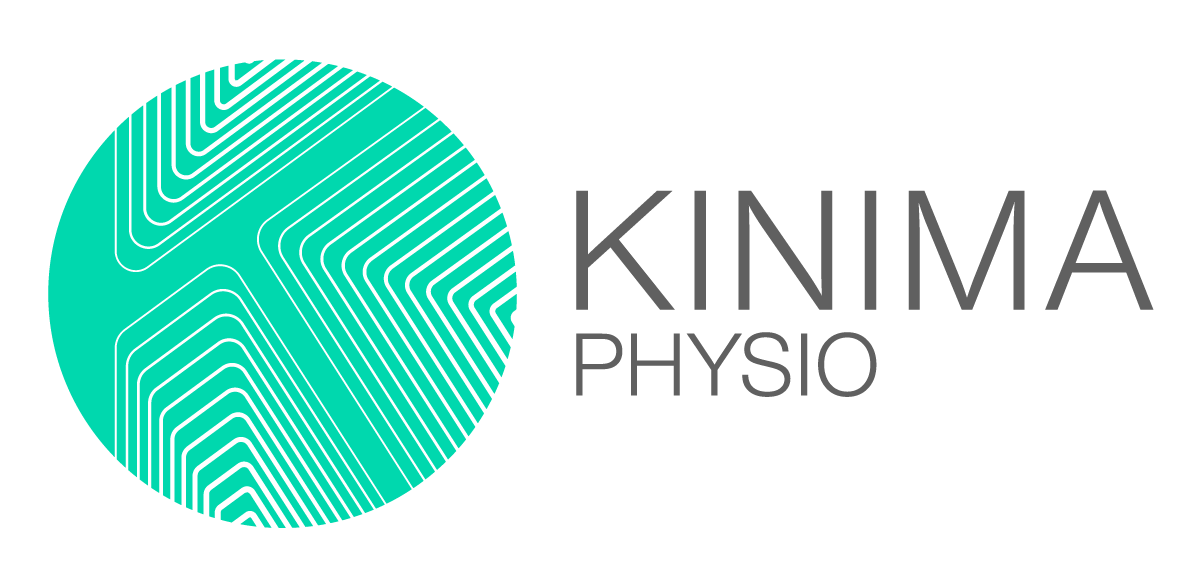Shoulder Physiotherapy
What causes shoulder pain?
Shoulder pain is frustrating! It can twinge during the simplest of tasks like scratching your back to more challenging demands like a pushup. In most cases, it may seem like it’s come on out of nowhere.
There are many structures that can cause shoulder pain and it is important to determine what activities have likely aggravated these structures. Let’s take a look at some basic anatomy of the shoulder:
Common causes of shoulder pain are:
Rotator cuff & biceps tendons: Often from "over-use”, a sudden increase in load to the shoulder or from a fall. Pain can be caused from a tendinopathy or a tear to the tendon.
AC Joint: This is where the collarbone connects to the acromion of the shoulder blade. Often injured from a fall directly onto the shoulder (eg. fall off a bike).
Labrum: This is the lining of cartilage-like tissue that sits in the socket of the shoulder joint. Tears to the labrum can be degenerative or from trauma (ie. shoulder dislocation).
Fracture to the humerus, clavicle or scapula: A fracture should be considered where there has been a trauma to the shoulder joint (eg. from a fall or a motor vehicle accident).
Frozen shoulder: This is inflammation and thickening of the shoulder joint capsule causing acute pain with most movements and joint stiffness.
Referral pain from the neck.
How can physiotherapy help?
Physiotherapists are skilled in assessing the shoulder to form a diagnosis. We problem solve with you to identify the causing factors of your pain. We perform strength, range of motion and functional measures to create goals and develop a prognosis and management plan to get you back to what you love doing.
It is important to discuss which things are safe to continue, what to avoid and how much rest is required (where appropriate) to assist in a better recovery.
Treatment and management for shoulder pain may include:
Manual therapy techniques: massage, trigger point therapy, mobilisations
Acute pain management
Dry needling
Mobility and motor control exercises
A strengthening program (see video above for a simple program to start with)
Exercise rehabilitation and Pilates
Load and activity modification, exercise technique assessment
Taping
Referral for further medical investigation when required (imaging, specialist review)
Setting your expectations on recovery time comes with understanding the diagnosis and a clear injury management pathway.
Need help getting on top of your shoulder pain? Book a comprehensive shoulder assessment with our experienced shoulder physio today!

